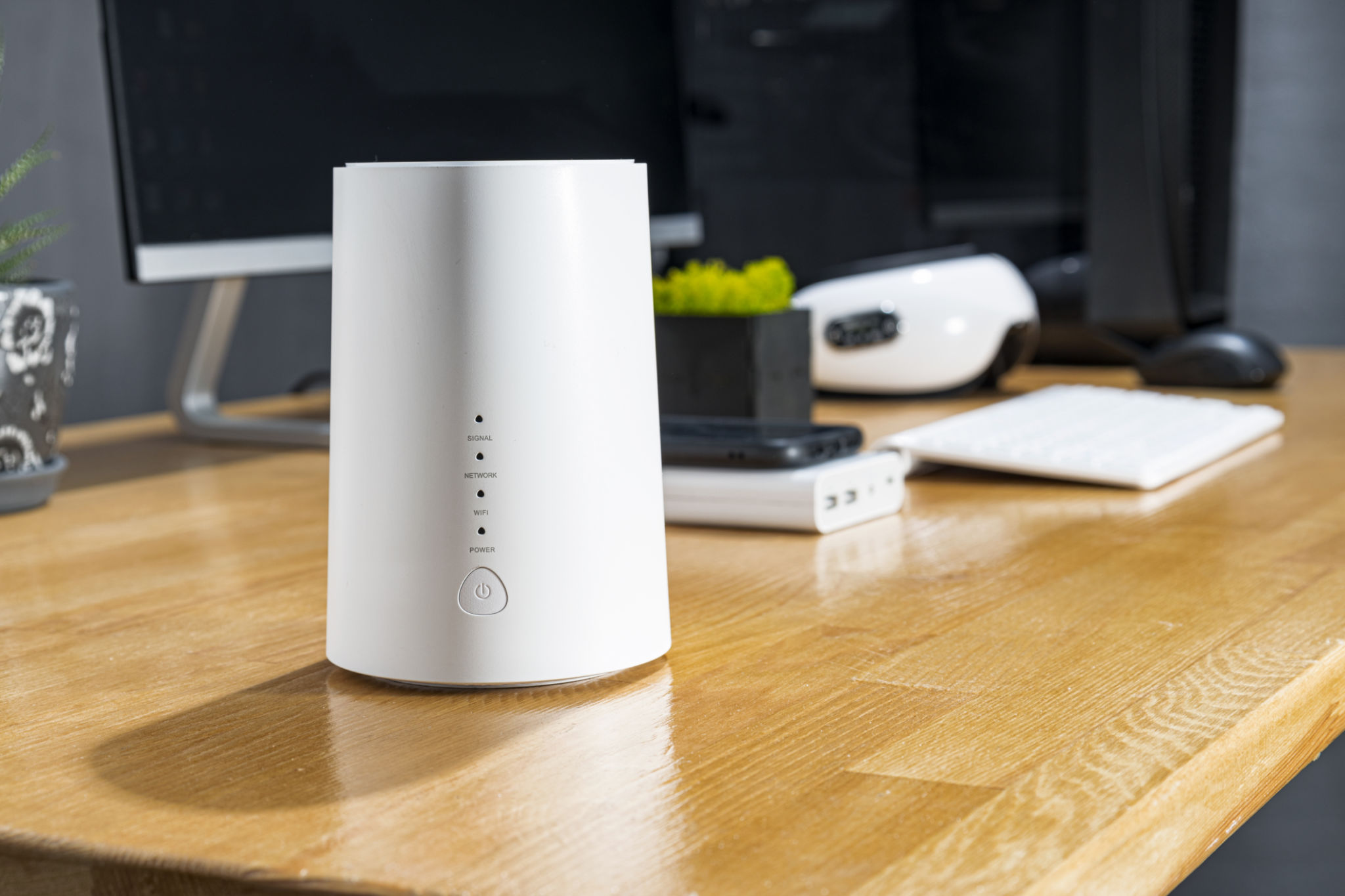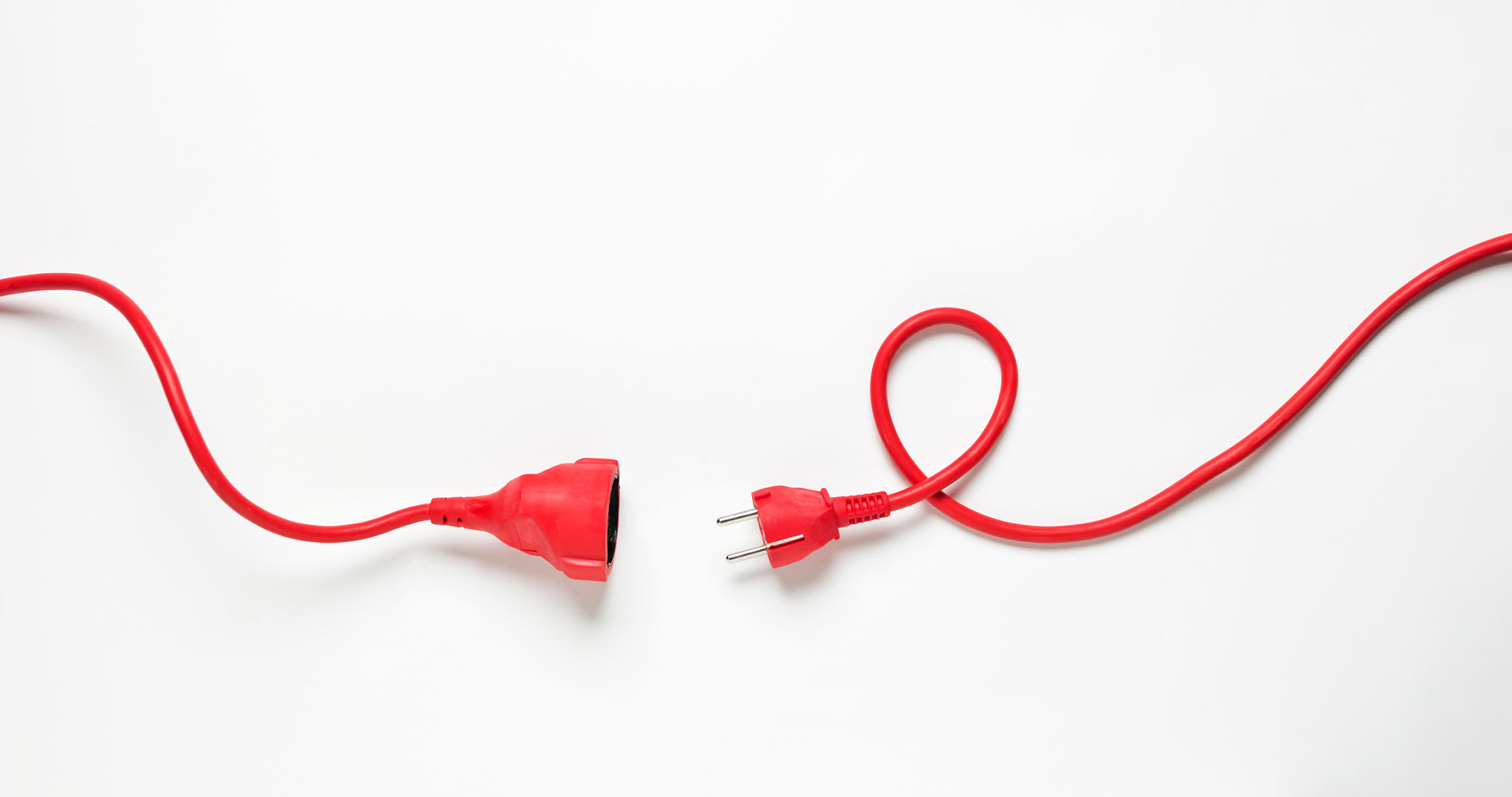DIY Tips for Boosting Your Internet Connectivity at Home
Understanding Your Current Internet Setup
Before diving into any DIY solutions, it's crucial to understand your current internet setup. Knowing how your router is connected, the placement of your devices, and your service provider's specifications can help identify potential bottlenecks. Start by checking the speed you're actually getting against what you're paying for. This can be done using online speed tests that measure both download and upload speeds.
If you find that your speed is significantly lower than what you expect, it might be time to investigate further. Look into your router's capabilities and ensure it's up-to-date with the latest firmware. Older routers may not support modern speeds or technologies, which can impact performance.

Optimise Router Placement
One of the simplest yet most effective ways to boost your internet connectivity is by optimising the placement of your router. Routers should ideally be placed in a central location in your home to ensure even coverage. Avoid placing your router near thick walls, metal objects, or electronic devices that could cause interference.
Consider elevating your router as well; placing it on a shelf or mounting it on a wall can often improve signal strength. The fewer obstacles between your router and device, the better your connection will be.
Upgrade Your Equipment
If you've had the same router for several years, it might be time for an upgrade. Newer routers come with advanced features, such as better range and faster speeds, which can greatly enhance your internet experience. When choosing a router, look for models that support dual or tri-band frequencies to reduce congestion.

Additionally, consider investing in a mesh network system if you have a larger home. Mesh networks use multiple access points to blanket your entire home with a strong signal, eliminating dead zones.
Secure Your Network
A secure network not only protects your data but also ensures that unauthorised users aren't hogging your bandwidth. Ensure your Wi-Fi network is password-protected with WPA3 encryption for the best security. Regularly change your password and avoid using easily guessed phrases or personal information.
Keep an eye on connected devices through your router's interface. If you notice any unfamiliar devices, take action by changing your password immediately to keep intruders out.

Manage Bandwidth Wisely
Bandwidth management is crucial if you have multiple users or devices connected to the same network. Prioritise important applications like video conferencing or online gaming through Quality of Service (QoS) settings available in many modern routers. This ensures that critical tasks receive more bandwidth and are less likely to be interrupted.
Additionally, consider scheduling large downloads or updates during off-peak hours when fewer people are online. This can help prevent network congestion and maintain a smooth browsing experience for everyone in the household.
Consider Wired Connections
While Wi-Fi is convenient, it might not always be the best option for high-speed requirements. If possible, connect devices like gaming consoles or desktop computers directly to the router using Ethernet cables. Wired connections typically offer more stable and faster speeds compared to wireless connections.

If running cables throughout your home isn't feasible, powerline adapters can be an excellent alternative, utilising your home's electrical wiring to transmit data.
Troubleshoot Common Issues
Sometimes, connectivity issues can be resolved with simple troubleshooting steps. Restarting your router can fix temporary glitches and improve performance. If you're experiencing persistent problems, check for firmware updates or consult your internet service provider for assistance.
By following these DIY tips, you can significantly enhance your internet connectivity at home without needing professional help. Whether it's optimising router placement or upgrading equipment, these strategies can make a noticeable difference in your online experience.
